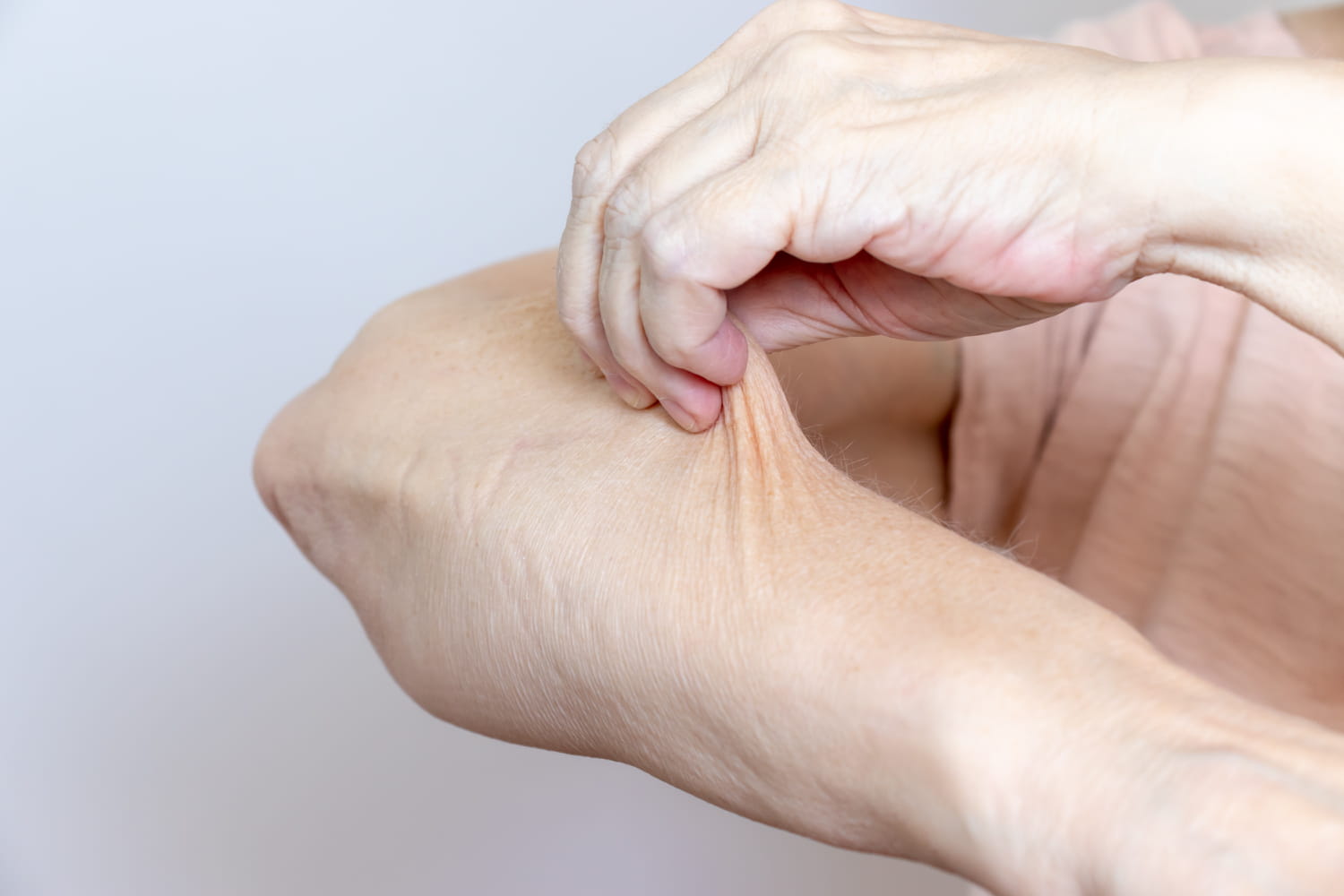
Cutis Laxa is a rare connective tissue disorder that affects the skin, causing it to become loose and saggy. But what exactly causes this condition? It can be inherited or acquired, with genetic mutations often playing a significant role. People with Cutis Laxa may experience symptoms beyond just skin issues, including problems with their lungs, heart, and blood vessels. How common is Cutis Laxa? It's extremely rare, affecting only about 1 in 1,000,000 people worldwide. Can it be treated? While there's no cure, treatments focus on managing symptoms and improving quality of life. Understanding this condition can help those affected and their families navigate the challenges it presents.
Key Takeaways:
- Cutis Laxa is a rare condition causing loose skin and other health issues. It can be inherited or acquired, and managing symptoms involves various treatments and lifestyle adjustments.
- Ongoing research offers hope for better understanding and treatment of Cutis Laxa. Support groups, adaptive clothing, and education empower those living with the condition.
What is Cutis Laxa?
Cutis Laxa is a rare connective tissue disorder that affects the skin, causing it to become loose and saggy. This condition can also impact internal organs, blood vessels, and joints. Here are some fascinating facts about Cutis Laxa.
- Cutis Laxa translates to "loose skin" in Latin.
- It can be inherited or acquired later in life.
- The inherited form is more common in children.
- Acquired Cutis Laxa often appears after an illness or allergic reaction.
- There are several types of inherited Cutis Laxa, each with different genetic causes.
Symptoms and Diagnosis
Understanding the symptoms and how Cutis Laxa is diagnosed can help in managing the condition effectively.
- Loose, sagging skin is the most noticeable symptom.
- Skin may appear prematurely aged.
- Wrinkling is often more pronounced around the face and neck.
- In some cases, the skin can hang in folds.
- Joint hypermobility is another common symptom.
- Respiratory issues may arise due to weakened lung tissue.
- Heart problems can occur if blood vessels are affected.
- Gastrointestinal issues are also possible.
- Diagnosis often involves a physical exam and genetic testing.
- Skin biopsy may be performed to confirm the diagnosis.
Genetic Causes
The genetic basis of Cutis Laxa is complex, involving multiple genes.
- Mutations in the ELN gene are a common cause.
- The FBLN5 gene is also frequently implicated.
- Mutations in the ATP6V0A2 gene can lead to a specific type of Cutis Laxa.
- Some forms are inherited in an autosomal dominant pattern.
- Others are inherited in an autosomal recessive pattern.
- X-linked inheritance is rare but possible.
- Genetic counseling is recommended for affected families.
Treatment and Management
While there is no cure for Cutis Laxa, various treatments can help manage symptoms.
- Skin surgery can remove excess skin folds.
- Physical therapy may improve joint mobility.
- Respiratory therapy can assist with breathing issues.
- Regular cardiovascular check-ups are essential.
- Gastrointestinal problems may require dietary changes.
- Pain management strategies can improve quality of life.
- Psychological support is often beneficial.
- Sunscreen is crucial to protect sensitive skin.
- Moisturizers can help keep skin hydrated.
Living with Cutis Laxa
Living with Cutis Laxa presents unique challenges, but many people lead fulfilling lives.
- Support groups can provide emotional and practical support.
- Adaptive clothing can make dressing easier.
- Occupational therapy can help with daily tasks.
- Regular exercise is important for overall health.
- A balanced diet supports skin and organ health.
- Avoiding smoking and excessive alcohol is advised.
- Stress management techniques can improve well-being.
- Education about the condition is empowering.
- Advocacy can help raise awareness and funding for research.
Research and Future Directions
Ongoing research aims to better understand and treat Cutis Laxa.
- Gene therapy is a potential future treatment.
- Stem cell research offers promising possibilities.
- Clinical trials are exploring new medications.
- Researchers are studying the role of elastin in skin health.
- International collaborations are advancing knowledge.
- Patient registries help track the condition's progression.
- Advocacy groups are pushing for more research funding.
- Advances in genetic testing are improving diagnosis.
- Personalized medicine approaches are being developed.
- Increased awareness can lead to earlier diagnosis and better outcomes.
Final Thoughts on Cutis Laxa
Cutis Laxa, a rare connective tissue disorder, affects skin elasticity, leading to loose, sagging skin. This condition can also impact internal organs, causing respiratory, cardiovascular, and gastrointestinal issues. Understanding Cutis Laxa is crucial for early diagnosis and management. Genetic mutations often cause this disorder, and it can be inherited or occur spontaneously. Treatment focuses on managing symptoms and improving quality of life. Regular check-ups and a multidisciplinary approach are essential for those affected. While there's no cure, ongoing research offers hope for better treatments in the future. Raising awareness about Cutis Laxa helps support those living with it and promotes further research. By staying informed and advocating for more studies, we can contribute to a brighter future for individuals with this condition.
Frequently Asked Questions
Was this page helpful?
Our commitment to delivering trustworthy and engaging content is at the heart of what we do. Each fact on our site is contributed by real users like you, bringing a wealth of diverse insights and information. To ensure the highest standards of accuracy and reliability, our dedicated editors meticulously review each submission. This process guarantees that the facts we share are not only fascinating but also credible. Trust in our commitment to quality and authenticity as you explore and learn with us.
